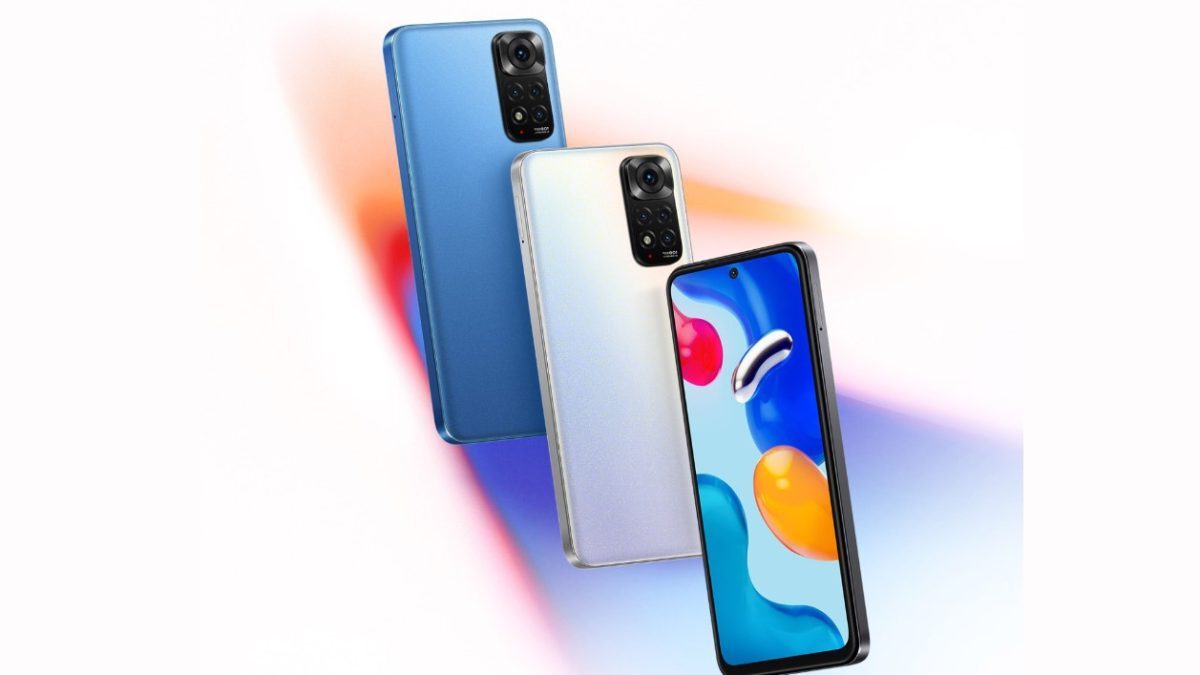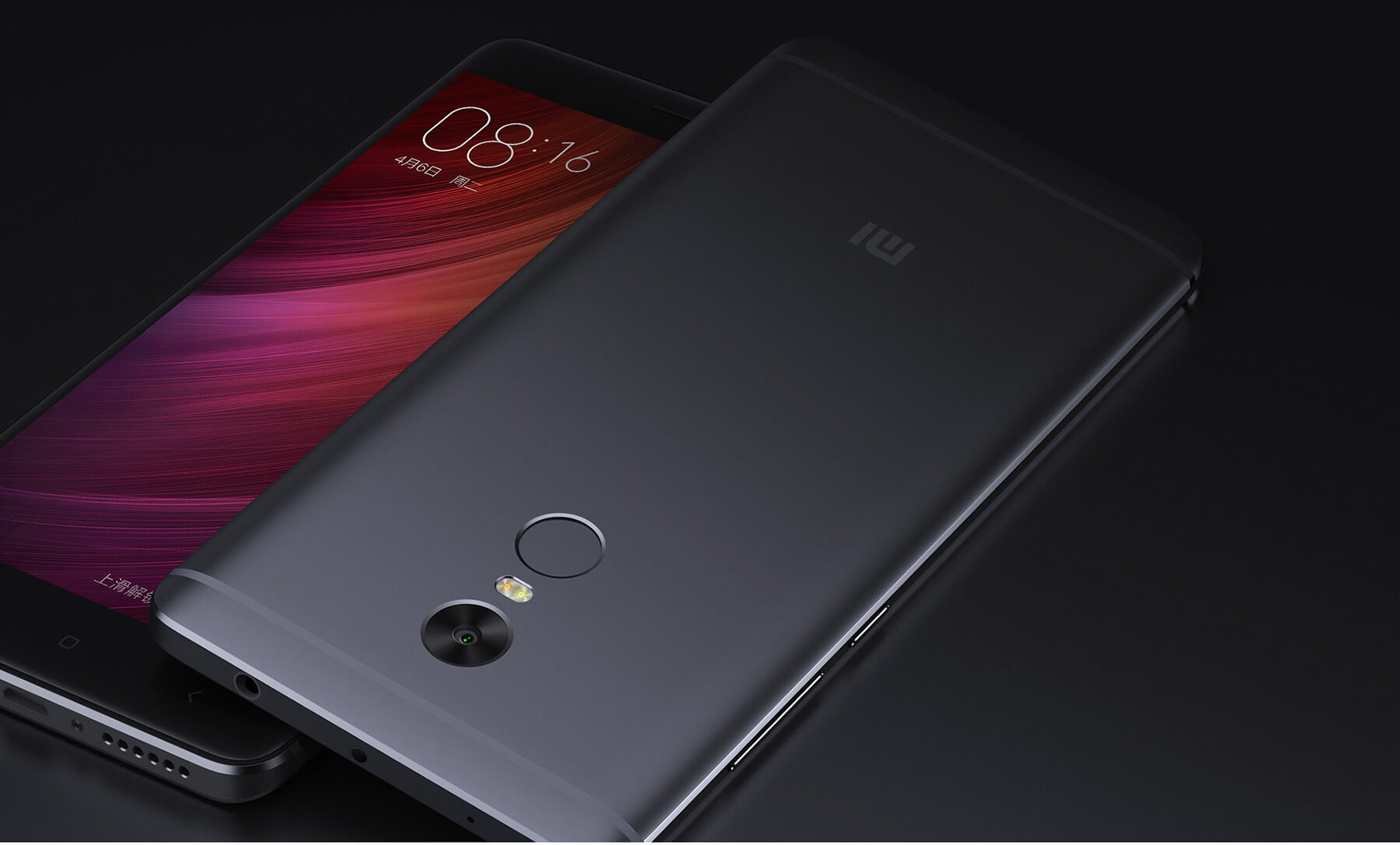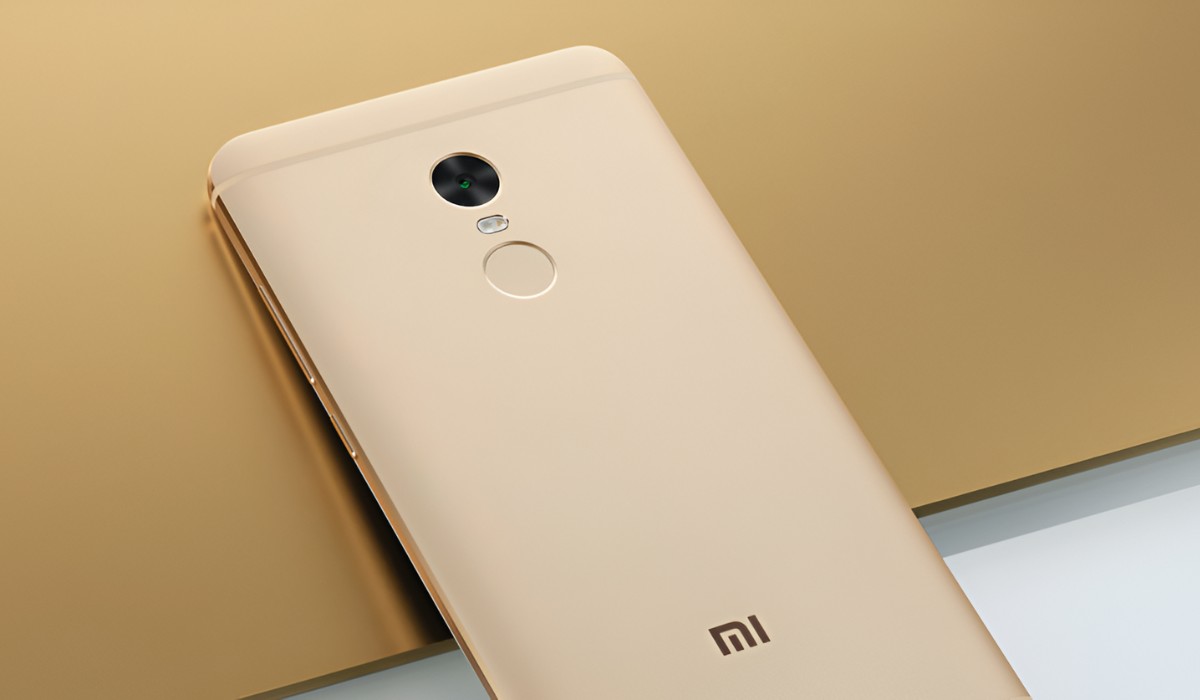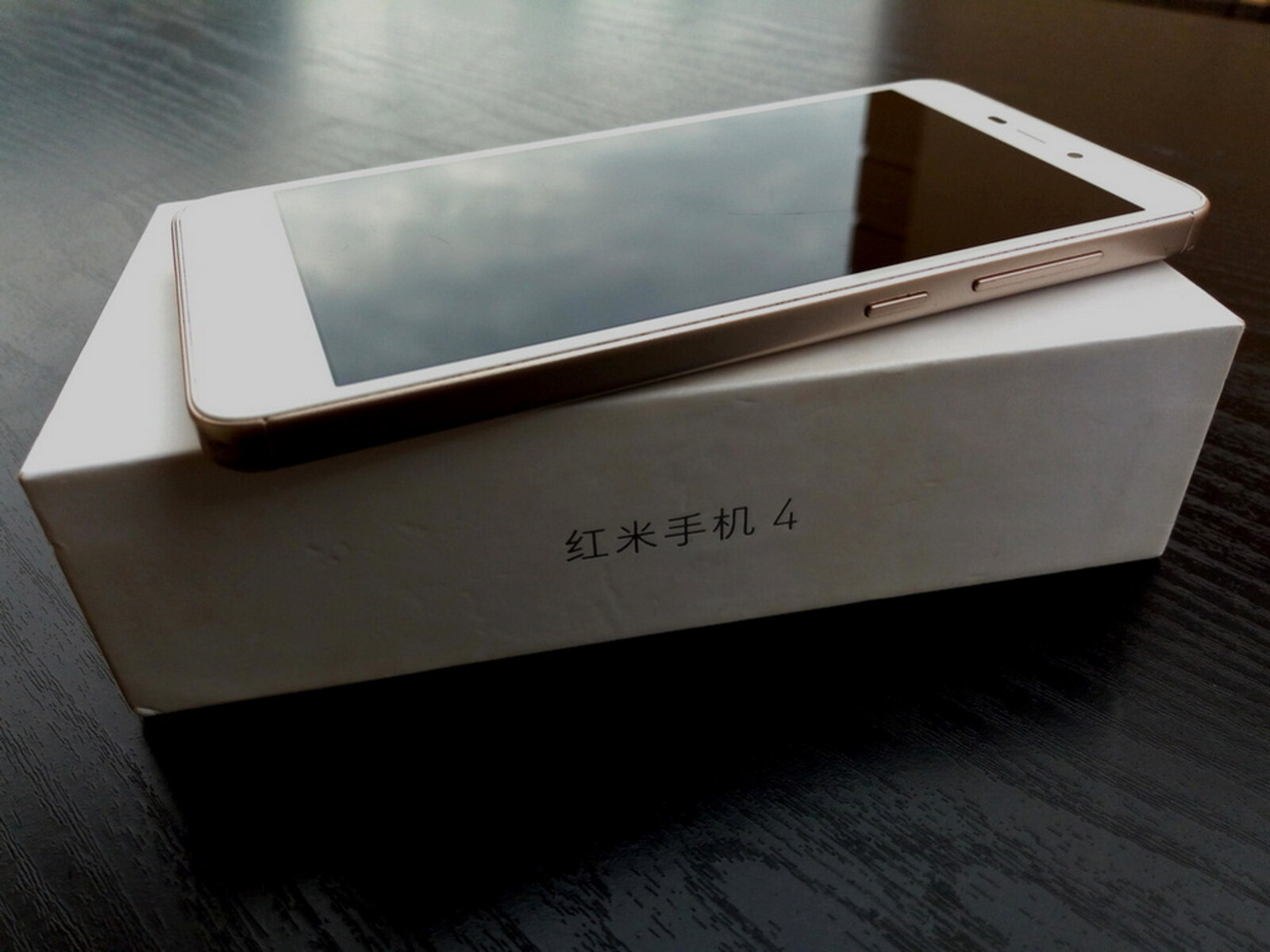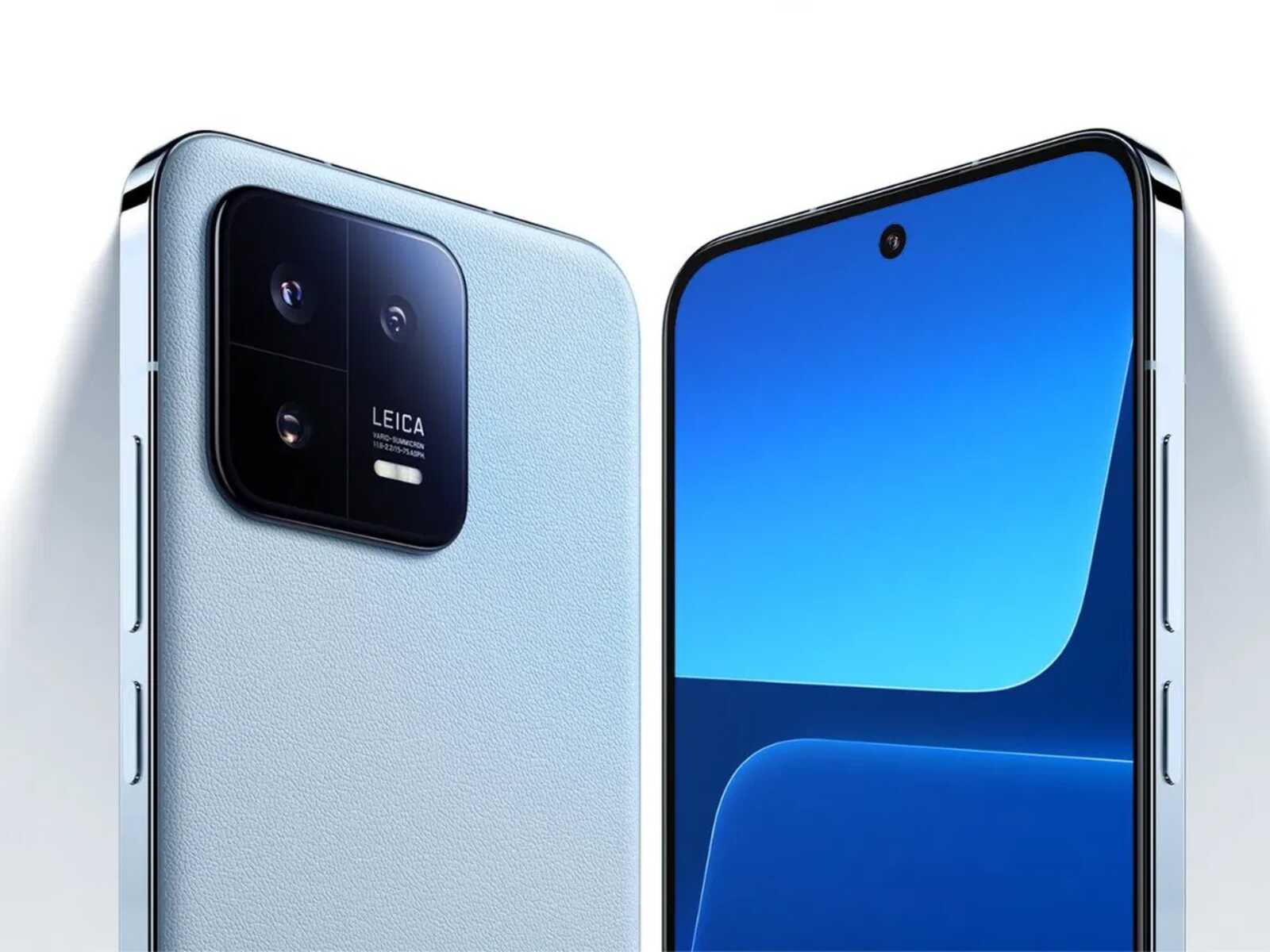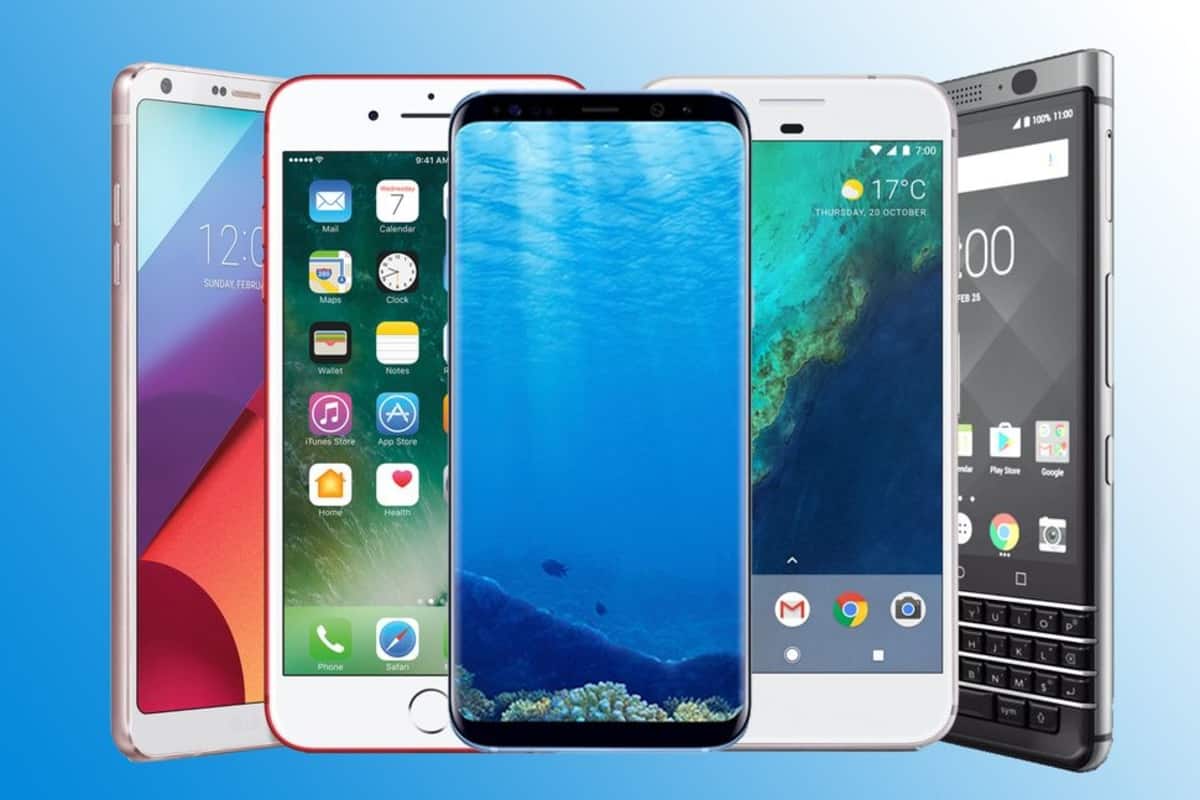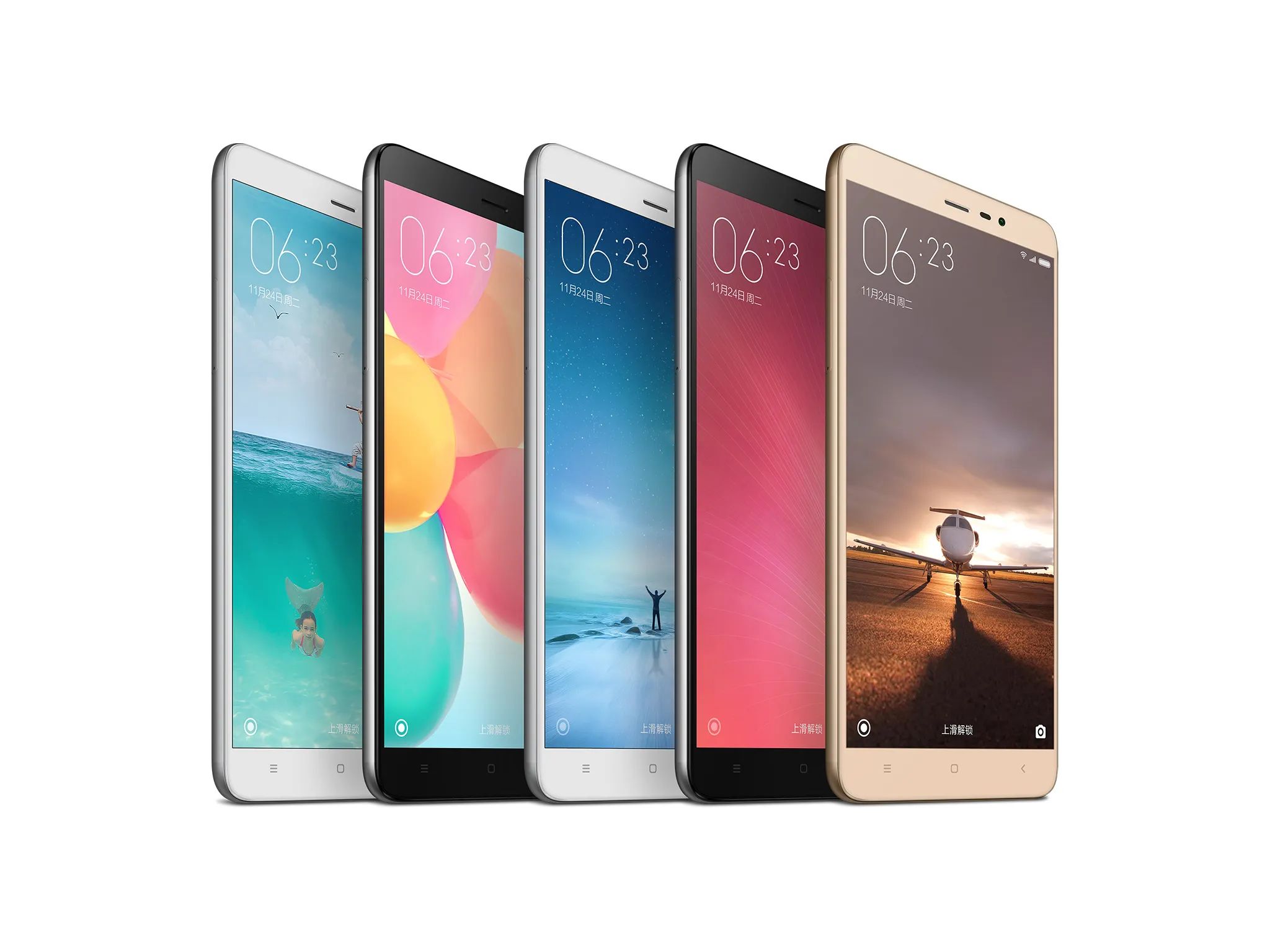Introduction
In today's fast-paced world, mobile devices have become an integral part of our daily lives. From staying connected with loved ones to accessing information on the go, smartphones have revolutionized the way we interact with the world around us. However, when it comes to using a smartphone in a different country, such as the United States, there are certain considerations to keep in mind, particularly regarding network compatibility.
Understanding the intricacies of network compatibility is crucial, especially for individuals who are looking to use their smartphones in the US. With a diverse range of network technologies and frequencies utilized across different regions, ensuring that a smartphone is compatible with the local networks is essential for a seamless user experience.
In this article, we will delve into the specifics of network compatibility in the US, focusing on the popular Xiaomi Redmi series. As Xiaomi continues to gain traction in the global market, it's important for users to understand how to ensure network compatibility for their Xiaomi Redmi devices when using them in the US. We will explore the compatibility of Xiaomi Redmi smartphones with US networks and provide valuable insights into how users can ensure a smooth and reliable network experience.
By the end of this article, readers will have a comprehensive understanding of the factors influencing network compatibility for Xiaomi Redmi devices in the US and the steps they can take to optimize their smartphone's performance on US networks. Let's embark on this journey to unravel the intricacies of network compatibility and empower Xiaomi Redmi users with the knowledge they need to make the most of their devices in the US.
Understanding US Network Compatibility
When it comes to using mobile devices in the United States, understanding network compatibility is paramount for a seamless and reliable connectivity experience. The US telecommunications landscape is characterized by a diverse array of network technologies and frequencies, each serving a specific purpose and geographical area. This diversity can be attributed to the presence of multiple carriers, each employing distinct network standards to deliver voice, messaging, and data services to consumers.
In the US, the two primary cellular network technologies are GSM (Global System for Mobile Communications) and CDMA (Code Division Multiple Access). While GSM networks utilize SIM cards to authenticate and identify subscribers, CDMA networks rely on embedded MEID or ESN numbers within the devices themselves. This fundamental difference in technology has implications for device compatibility, as not all smartphones are designed to support both GSM and CDMA networks.
Moreover, the US operates on various frequency bands for different network technologies, including 4G LTE, which is widely used for high-speed data connectivity. Different carriers may deploy LTE on different frequency bands, such as 700 MHz, 850 MHz, 1700-2100 MHz (AWS), and 1900 MHz, among others. This diversity in frequency bands necessitates that smartphones support the specific bands used by carriers in the regions where they intend to operate.
For international travelers or individuals using smartphones designed for global markets, ensuring compatibility with US networks becomes a crucial consideration. While many modern smartphones, including the Xiaomi Redmi series, are engineered to be compatible with a wide range of network technologies and frequencies, it is essential to verify their compatibility with US carriers and network bands.
Understanding the nuances of US network compatibility empowers users to make informed decisions when selecting a smartphone for use in the country. By gaining insights into the network technologies, frequencies, and carrier requirements prevalent in the US, individuals can proactively assess the compatibility of their devices and take the necessary steps to optimize their connectivity experience.
In the subsequent sections, we will delve into the specific aspects of Xiaomi Redmi network compatibility in the US and explore the measures users can take to ensure a seamless and reliable network experience with their devices. Let's embark on this journey to unravel the intricacies of network compatibility and equip Xiaomi Redmi users with the knowledge they need to make the most of their devices in the US.
Xiaomi Redmi Network Compatibility in the US
Xiaomi Redmi smartphones have garnered a strong following globally, known for their impressive features, sleek designs, and competitive pricing. As users consider using Xiaomi Redmi devices in the United States, it's essential to assess their network compatibility to ensure a seamless connectivity experience.
The Xiaomi Redmi series encompasses a diverse range of models, each engineered to support a variety of network technologies and frequencies. When it comes to using Xiaomi Redmi devices in the US, compatibility with GSM and LTE networks is of paramount importance. Fortunately, many Xiaomi Redmi smartphones are designed to be compatible with GSM networks, which are widely utilized by major carriers in the US, including T-Mobile and AT&T.
In addition to GSM compatibility, ensuring support for LTE bands used by US carriers is crucial for optimal network performance. Xiaomi Redmi devices are engineered to support multiple LTE bands, including those commonly deployed by US carriers for 4G connectivity. By offering compatibility with key LTE bands such as 2, 4, 5, 12, and 17, Xiaomi Redmi smartphones can deliver reliable high-speed data connectivity on networks operated by leading carriers in the US.
Furthermore, Xiaomi Redmi devices are equipped with dual SIM capabilities, providing users with flexibility when it comes to choosing carriers and managing their connectivity options. This feature is particularly advantageous for individuals seeking to use Xiaomi Redmi smartphones with multiple carriers or SIM cards while in the US, enhancing the versatility and convenience of their mobile experience.
It's important to note that while Xiaomi Redmi devices are well-suited for use on GSM and LTE networks in the US, compatibility with CDMA networks, which are utilized by carriers such as Verizon and Sprint, may vary across different models. Users intending to use Xiaomi Redmi smartphones with CDMA carriers should verify the specific model's compatibility with CDMA technology to ensure seamless voice and data connectivity.
In summary, Xiaomi Redmi smartphones offer robust network compatibility for use in the United States, with support for GSM and key LTE bands utilized by major carriers. The dual SIM functionality further enhances the versatility of Xiaomi Redmi devices, catering to the diverse connectivity needs of users in the US. By understanding the network compatibility features of Xiaomi Redmi smartphones, users can make informed decisions and leverage the full potential of their devices for a rewarding mobile experience in the US.
Ensuring Xiaomi Redmi Network Compatibility
Ensuring seamless network compatibility for Xiaomi Redmi smartphones in the United States involves a series of proactive measures aimed at optimizing the device's connectivity performance. By taking the following steps, users can maximize the potential of their Xiaomi Redmi devices on US networks:
-
Research Carrier Compatibility: Before using a Xiaomi Redmi smartphone in the US, it's essential to research the compatibility of the device with specific carriers. Different carriers operate on varying network technologies and frequencies, and verifying compatibility ensures that the device can effectively connect to the carrier's network for voice, messaging, and data services.
-
Check LTE Band Support: Xiaomi Redmi smartphones are engineered to support multiple LTE bands, enabling high-speed data connectivity on compatible networks. Users should identify the LTE bands utilized by their preferred carriers in the US and ensure that their Xiaomi Redmi device supports these bands for optimal 4G LTE performance.
-
Verify CDMA Compatibility: For individuals intending to use Xiaomi Redmi smartphones with CDMA carriers such as Verizon and Sprint, it's crucial to verify the specific model's compatibility with CDMA technology. This ensures seamless voice and data connectivity on CDMA networks, enhancing the device's versatility across different carriers.
-
Update Device Software: Keeping the Xiaomi Redmi device's software up to date is essential for ensuring network compatibility and performance. Software updates often include enhancements and optimizations related to network connectivity, ensuring that the device remains compatible with evolving network technologies and standards.
-
Utilize Carrier-Specific Features: Some carriers offer specific features and services that may require device compatibility. Users should explore carrier-specific offerings and ensure that their Xiaomi Redmi device supports these features for an enhanced mobile experience with advanced network capabilities.
-
Activate Roaming Services: For international travelers visiting the US, activating roaming services on the Xiaomi Redmi device is crucial for seamless connectivity. Users should check with their home carrier to enable international roaming and ensure that the device can seamlessly connect to partner networks in the US.
By proactively addressing these considerations, users can ensure that their Xiaomi Redmi smartphones are fully optimized for network compatibility in the United States. This proactive approach empowers users to make informed decisions regarding carrier selection, network technology support, and feature utilization, ultimately enhancing the overall mobile experience with Xiaomi Redmi devices in the US.
Conclusion
In conclusion, ensuring network compatibility for Xiaomi Redmi smartphones in the United States is a pivotal aspect of optimizing the mobile experience for users. By understanding the intricacies of network technologies, frequency bands, and carrier requirements prevalent in the US, individuals can make informed decisions when using Xiaomi Redmi devices in the country. The diverse range of Xiaomi Redmi models, engineered to support GSM, LTE, and dual SIM functionality, offers users flexibility and versatility in choosing carriers and managing their connectivity options.
As users embark on their journey to ensure network compatibility for Xiaomi Redmi smartphones in the US, proactive measures such as researching carrier compatibility, checking LTE band support, verifying CDMA compatibility, updating device software, utilizing carrier-specific features, and activating roaming services empower them to optimize their devices for seamless connectivity. These proactive steps enable users to leverage the full potential of their Xiaomi Redmi smartphones, ensuring reliable voice, messaging, and data services across various carriers and network technologies in the US.
Furthermore, the growing popularity of Xiaomi Redmi smartphones globally, coupled with their robust network compatibility features, positions them as compelling choices for users seeking reliable and feature-rich mobile devices in the United States. The support for key LTE bands used by major carriers, combined with the flexibility of dual SIM capabilities, enhances the adaptability of Xiaomi Redmi devices to the diverse connectivity needs of users in the US.
By embracing a proactive approach to network compatibility and leveraging the inherent capabilities of Xiaomi Redmi smartphones, users can embark on a rewarding mobile experience characterized by seamless connectivity, high-speed data access, and the freedom to choose carriers that best align with their preferences and requirements.
In essence, the journey to ensure network compatibility for Xiaomi Redmi smartphones in the US empowers users to unlock the full potential of their devices, enabling them to stay connected, informed, and engaged in the dynamic landscape of mobile communications and digital connectivity. With a comprehensive understanding of network compatibility considerations and proactive optimization measures, users can confidently embrace the capabilities of Xiaomi Redmi smartphones and embark on a fulfilling mobile experience in the United States.







